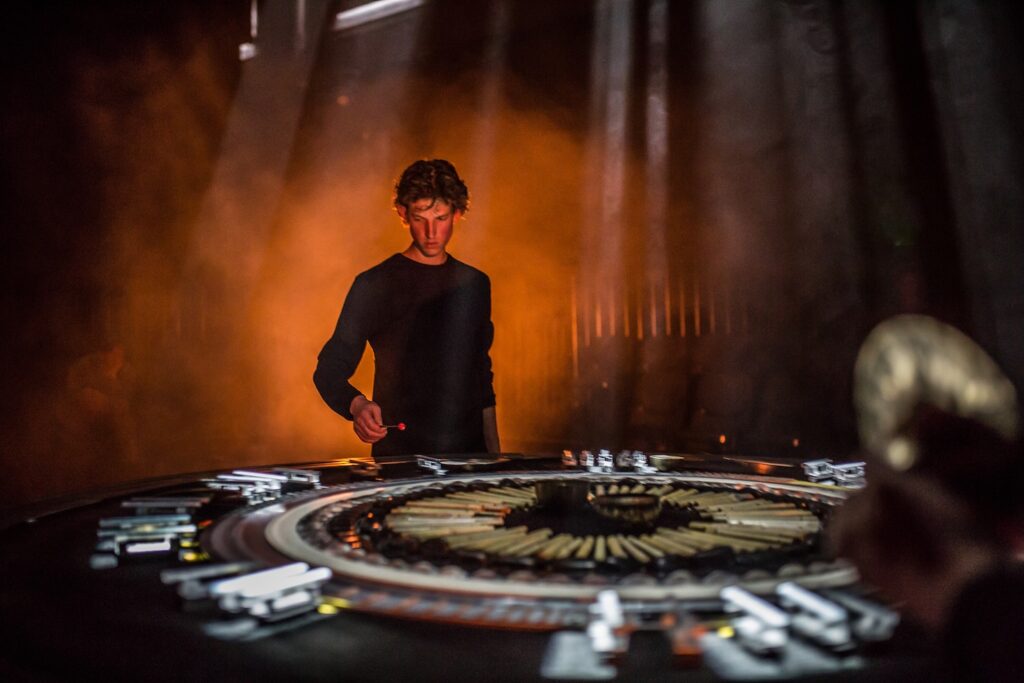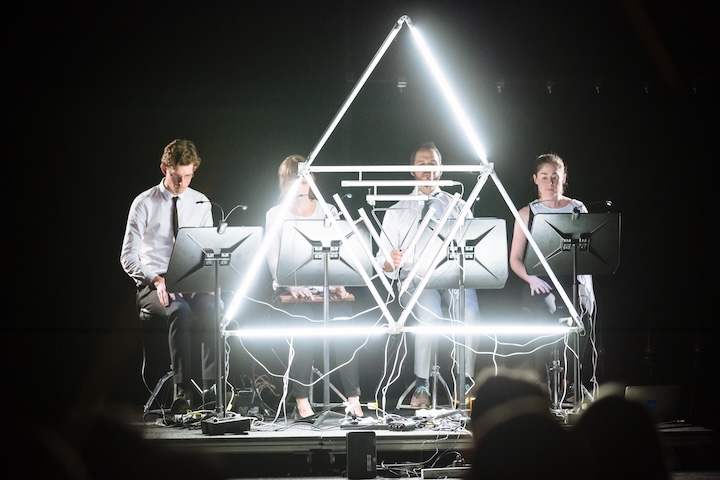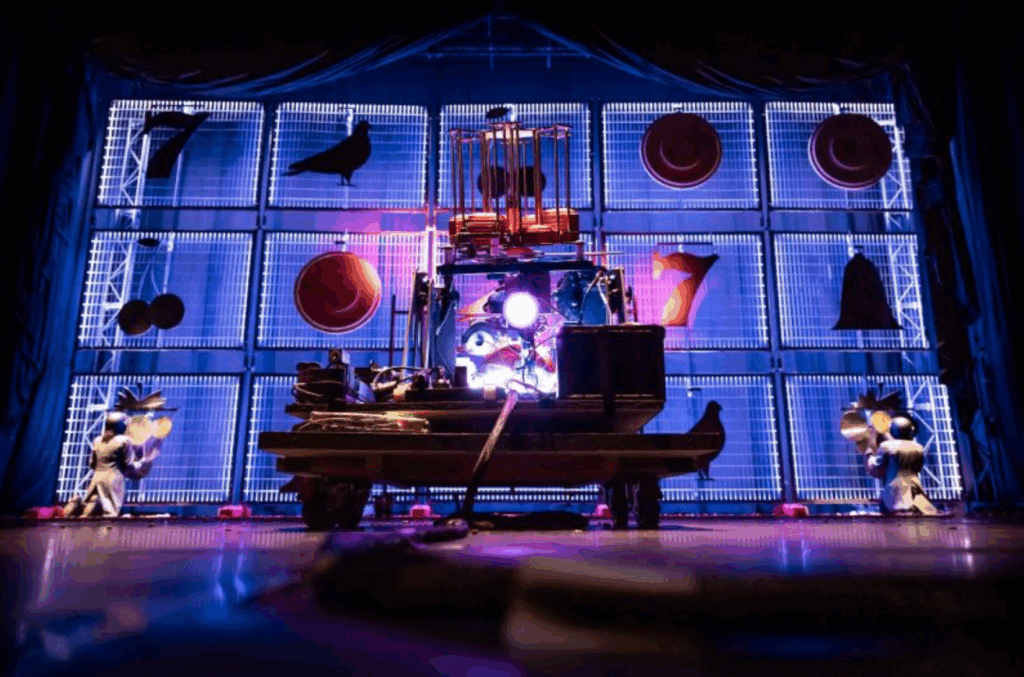Speak Percussion celebrates 25 years of fearless experimentation with Silent Hand Catches Silver Bell, a major exhibition now open at the Grainger Museum. Featuring custom-built instruments, immersive installations and rare archival material, the exhibition places one of the world’s most adventurous ensembles centre stage in Melbourne.
Founded in Melbourne and now led by Co-Artistic Directors Kaylie Melville and Eugene Ughetti, Speak Percussion has redefined the boundaries of sound through more than 200 commissions and groundbreaking collaborations.

“When thinking about the over 200 commissions and groundbreaking collaborations in Speak Percussion’s catalogue it has been very difficult to narrow this down!” says Ughetti.
At its core, Silent Hand Catches Silver Bell highlights the group’s post-instrumental approach – a practice that transforms unconventional materials and found objects into sound-making devices.
“Speak Percussion has moved beyond traditional instruments into a post-instrumental world, where materials and new instrumental forms shape the music itself. This exhibition showcases the physical artefacts of those innovations from across our 25-year history,” says Ughetti.
Exhibition highlights include Pigeons, Ughetti’s explosive work using robotic trap machines and clay targets; Polar Force, an immersive Antarctic soundscape; and Simon Løffler’s luminous light sculpture e.

Visitors can also encounter Matthias Schack-Arnott’s hypnotic rotating instrument Nicca, large-scale community works, and interactive pieces such as Fans, developed with University of Melbourne researchers.
The Grainger Museum provides a fitting backdrop, housing Speak Percussion’s innovations alongside its own collection of experimental music.
“The Grainger Museum is a home for musical mavericks,” says Director Ryan Jefferies. “Percy Grainger was a relentless experimenter who believed music should evolve with new ideas, materials and technologies. Speak Percussion embodies that same fearless spirit.”
Silent Hand Catches Silver Bell runs until 2 May 2026 at the University of Melbourne’s Grainger Museum. More information here.

